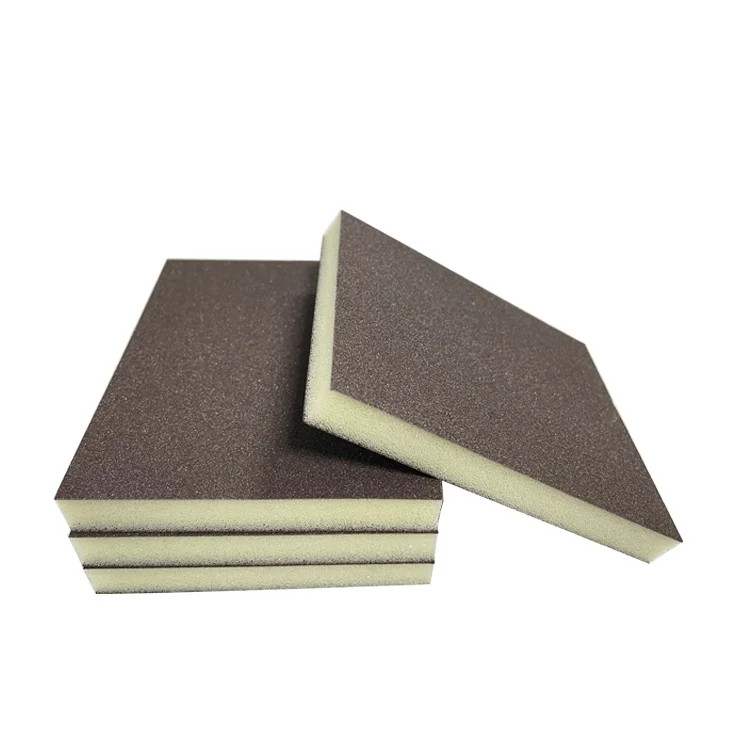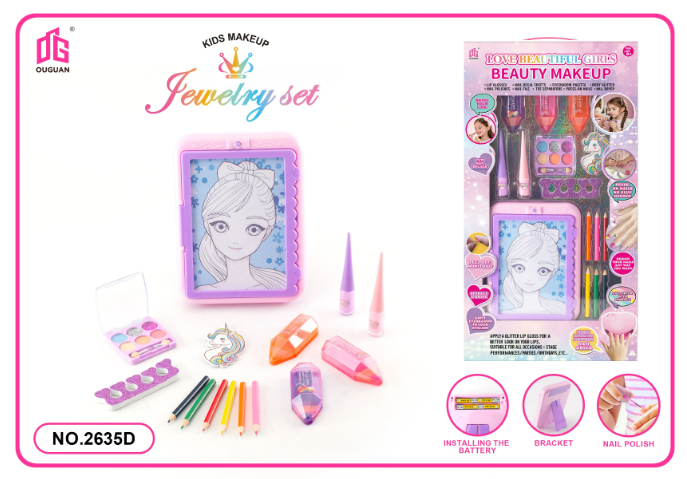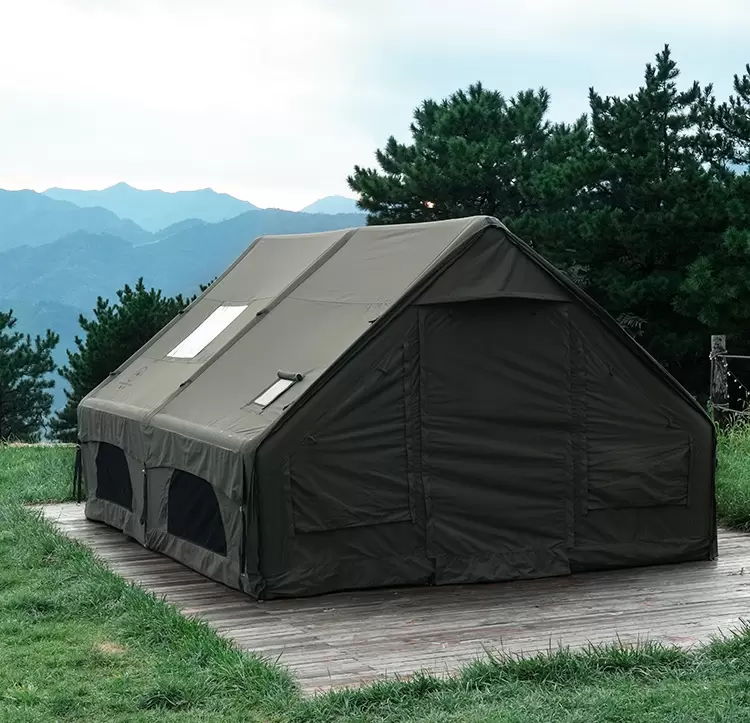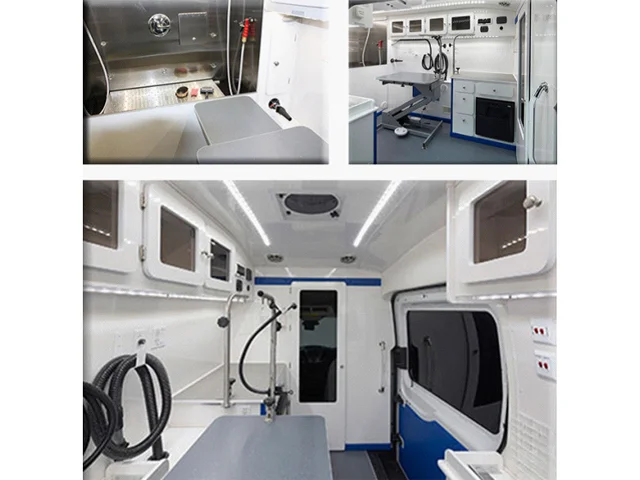Unveiling Tomorrow: A Comprehensive Guide to Predicting the Next Fashion Trend
In the ever-evolving world of fashion, predicting the next trend is both an art and a science. With the rapid pace of change in consumer preferences, technological advancements, and cultural shifts, staying ahead of the curve is crucial for designers, retailers, and fashion enthusiasts alike. This article delves into the multifaceted approach to forecasting fashion trends, providing actionable insights and methodologies that can enhance your predictive capabilities.
Understanding the Fashion Cycle
To effectively predict future trends, one must first understand the fashion cycle. This cycle typically consists of five stages: introduction, rise, peak, decline, and obsolescence. Each stage presents unique opportunities and challenges. By analyzing where a particular style or trend currently resides within this cycle, you can make informed predictions about its future trajectory.
- Introduction: New trends often emerge from fashion shows, street style, or cultural movements. Designers and influencers play a pivotal role in this stage.
- Rise: As trends gain traction, they are adopted by early adopters and celebrities, leading to increased visibility and demand.
- Peak: At this stage, trends reach their maximum popularity, often characterized by widespread availability and saturation in the market.
- Decline: Trends begin to lose their appeal, often replaced by newer styles. This stage is crucial for identifying what will fade and what may evolve.
- Obsolescence: Trends that have completely fallen out of favor, making way for fresh ideas and innovations.
Analyzing Cultural and Societal Influences
Fashion is a reflection of societal values and cultural shifts. To predict trends, one must analyze the broader context in which fashion exists. Here are some key areas to consider:
- Cultural Movements: Social movements, such as sustainability and inclusivity, significantly influence fashion. Brands that align with these values often set trends that resonate with consumers.
- Economic Factors: Economic conditions can dictate consumer spending habits. During economic downturns, for example, there may be a shift towards more practical and sustainable fashion choices.
- Technological Advancements: The rise of social media and e-commerce has transformed how trends are disseminated. Platforms like Instagram and TikTok can propel niche styles into mainstream consciousness almost overnight.
Utilizing Data Analytics
In the digital age, data analytics has become an invaluable tool for trend forecasting. By leveraging data from various sources, fashion professionals can gain insights into consumer behavior and preferences. Here are some methods to consider:
- Social Media Monitoring: Analyze hashtags, likes, and shares to identify emerging trends. Tools like Google Trends and social listening platforms can provide real-time insights into what consumers are talking about.
- Sales Data Analysis: Examine sales trends from previous seasons to identify patterns. This can help predict which styles are likely to gain popularity in the upcoming seasons.
- Consumer Surveys: Conduct surveys to gather direct feedback from consumers about their preferences and expectations. This qualitative data can complement quantitative analytics for a more holistic view.
Collaborating with Influencers and Trendsetters
Influencers and trendsetters play a crucial role in shaping fashion trends. Collaborating with these individuals can provide valuable insights into what styles are gaining traction. Here are some strategies for effective collaboration:
- Engage with Micro-Influencers: These influencers often have a more engaged audience and can provide authentic insights into niche trends that may not yet be on the radar of larger influencers.
- Host Trend Forecasting Workshops: Bringing together influencers, designers, and consumers can foster discussions that reveal emerging trends and consumer desires.
- Leverage Influencer Analytics: Use tools to analyze the engagement and reach of influencers to identify who is truly shaping trends in your target market.
Experimenting with Prototyping and Feedback Loops
Once potential trends have been identified, the next step is to prototype and test these ideas. This iterative process allows for real-time feedback and adjustments. Consider the following approaches:
- Capsule Collections: Create limited-edition collections based on predicted trends. This allows for experimentation without a significant financial commitment.
- Pop-Up Shops: Test new styles in a pop-up environment to gauge consumer interest and gather feedback.
- A/B Testing: Use A/B testing for marketing campaigns to see which styles resonate more with your audience, allowing for data-driven decisions.
Conclusion: The Future of Fashion Forecasting
Predicting the next fashion trend requires a multifaceted approach that combines an understanding of the fashion cycle, cultural influences, data analytics, influencer collaboration, and iterative prototyping. By employing these strategies, fashion professionals can enhance their ability to anticipate consumer desires and stay ahead in a competitive landscape. As the industry continues to evolve, those who embrace innovation and adaptability will be best positioned to lead the way in shaping the future of fashion.




